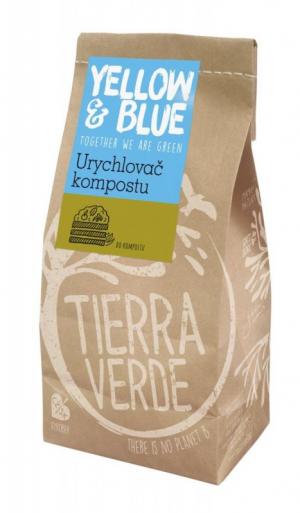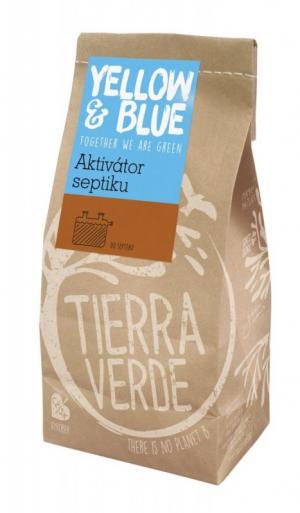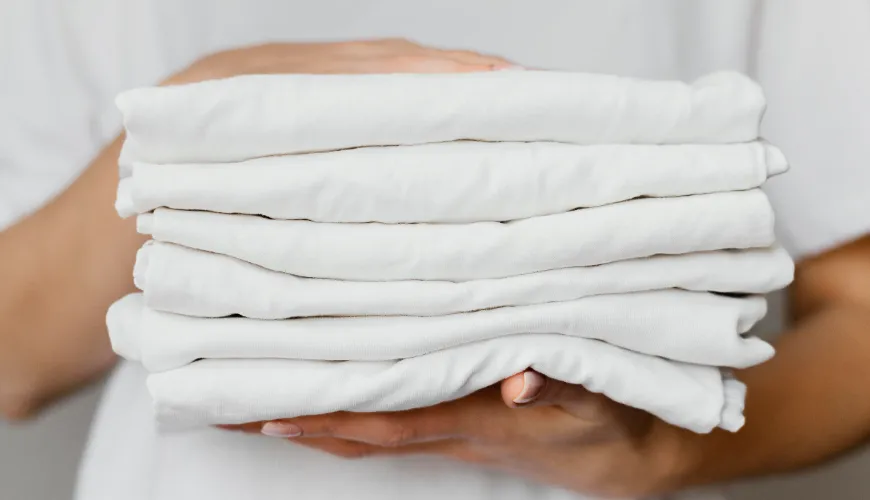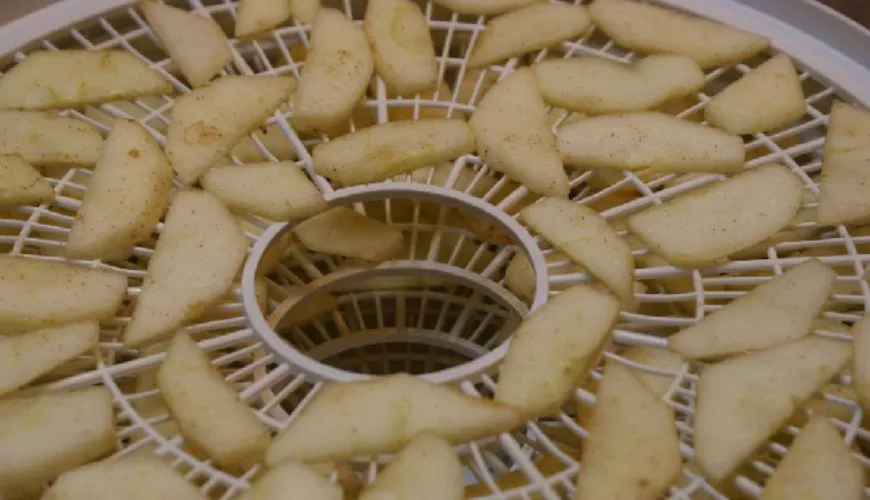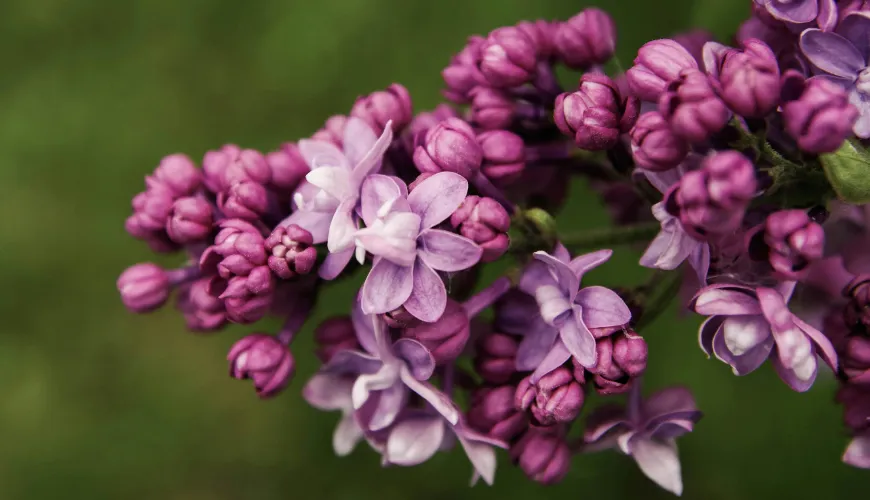
Help hedgehogs in the garden by choosing the right food
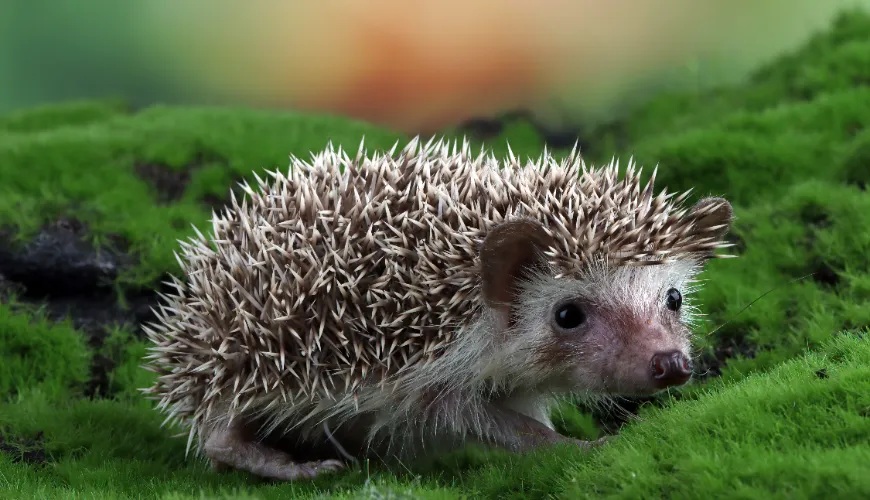
What to Feed a Hedgehog in the Garden?
A garden, especially one full of natural corners, can be a paradise for many animals. Among these residents, you often encounter a hedgehog – an iconic creature whose silhouette immediately comes to mind when we think of "autumn." Hedgehogs are tireless helpers of gardeners because they feed on many types of insects that could damage your plants. If you have a hedgehog in your garden, you're probably wondering what to feed it to ensure it thrives and is safe. This guide will provide you with all the necessary information.
Why It's Important to Feed Hedgehogs Properly
The hedgehog is a small hero in the garden. Thanks to its taste for pests like slugs, caterpillars, and other insects, it helps keep the garden pesticide-free. However, even though the hedgehog is a natural predator of many pests, it can sometimes struggle to find enough food, especially in gardens with fewer natural shelters and food sources. This is where our help comes in.
It's important to realize that having a hedgehog in your garden is a sign of a healthy ecosystem. Hedgehogs are drawn to areas with plenty of shelters, food, and safety. And when they trust you enough to stay in your garden, it's appropriate to help them, especially during times when food is more challenging to find – for example, in the autumn before they settle into winter hibernation, or early in spring when they wake from their winter rest.
Try our natural products
What Do Hedgehogs Naturally Eat?
The natural diet of hedgehogs mainly consists of insects. Hedgehogs feed on beetles, worms, slugs, snails, centipedes, as well as caterpillars and other small invertebrates. This diet is rich in proteins and fats, which are nutrients that hedgehogs need to maintain energy, especially before the demanding period of hibernation.
When considering what to feed a hedgehog in the garden, it's advisable to mimic its natural diet. You can offer foods that resemble what it would find in the wild. Good options include special hedgehog mixes available at pet stores. These contain exactly what the hedgehog needs and are ideally balanced.
Foods You Can Offer a Hedgehog
If you want to feed a hedgehog, you should provide it mainly with foods rich in proteins and fats. A well-balanced diet for a hedgehog in the garden can include:
-
Quality cat kibble – One of the most popular choices among hedgehog caregivers. Quality cat kibble is rich in meat, ensuring a high content of proteins and fats that hedgehogs need. It's important to choose kibble with a high meat content and as few grains as possible, as grains are not suitable for hedgehogs.
-
Cooked chicken meat – If you don't have kibble on hand, you can offer the hedgehog cooked chicken or turkey meat. When preparing the meat, ensure it is well-cooked and that you don't use any spices or salt. Salt and spices can be harmful to hedgehogs.
-
Eggs – Boiled eggs are another suitable source of protein. Simply hard-boil them, cut them into smaller pieces, and offer them to the hedgehog.
-
Insects – If you have the opportunity, you can offer the hedgehog live or dried insects, such as mealworms. This diet is very close to what hedgehogs naturally consume.
-
Fruit in small amounts – Some hedgehogs may occasionally enjoy small pieces of fruit, such as apples or pears. However, fruit should not be the main component of their diet, as hedgehogs are primarily insectivores and too much sugar can be harmful.
Foods to Avoid
Not all food is suitable for hedgehogs, even though they may seem undemanding. Some foods are outright harmful to them, so it's important to know what not to feed a hedgehog in the garden.
-
Dairy products – Many think milk is suitable for hedgehogs, but the truth is most hedgehogs are lactose intolerant. Milk and other dairy products can cause severe digestive issues, which can lead to the hedgehog's death.
-
Raw meat – Raw meat should never be part of a hedgehog's diet. Not only can it contain bacteria that could threaten the hedgehog. It can also cause serious health problems.
-
Bread – Bread and other baked goods are often offered to birds and other animals, but they are unsuitable for hedgehogs. They contain too many carbohydrates, which hedgehogs have difficulty digesting and which do not provide them with any necessary nutrients.
How to Create a Suitable Environment for a Hedgehog
Besides the question of what to feed a hedgehog in the garden, it's also important to consider how to create a safe and natural environment for the hedgehog. Hedgehogs prefer gardens with dense vegetation where they can hide. It's ideal to leave a pile of leaves, branches, or wood in the garden, where the hedgehog can build its shelter.
You can also create a small hedgehog house in the garden. These houses can be purchased at garden centers or made yourself. They provide hedgehogs a safe place for daily rest and protection from predators.
Try our natural products
Caring for Hedgehogs During Winter
Hedgehogs are mainly active in the autumn and spring, while in winter, they go into hibernation. Before winter sleep, it's important for a hedgehog to build up sufficient fat reserves. If you decide to feed a hedgehog in the autumn, you will help it gain the necessary energy to survive the winter. The diet should be rich in fats and proteins.
If a hedgehog appears in your garden during winter, when it should be sleeping, it is often a sign that it is not sufficiently nourished or is having trouble finding shelter. In this case, it's advisable to feed it and check if it has a suitable shelter.
Ensuring that a hedgehog has enough food and a safe shelter in your garden is not only a great way to help it but also to support a healthy ecosystem. When you know what to feed a hedgehog in the garden and how to create a suitable environment for it, you gain not only a nighttime visitor but also a helper who will repay your care by hunting pests. It only takes a bit of attention and love for nature.


